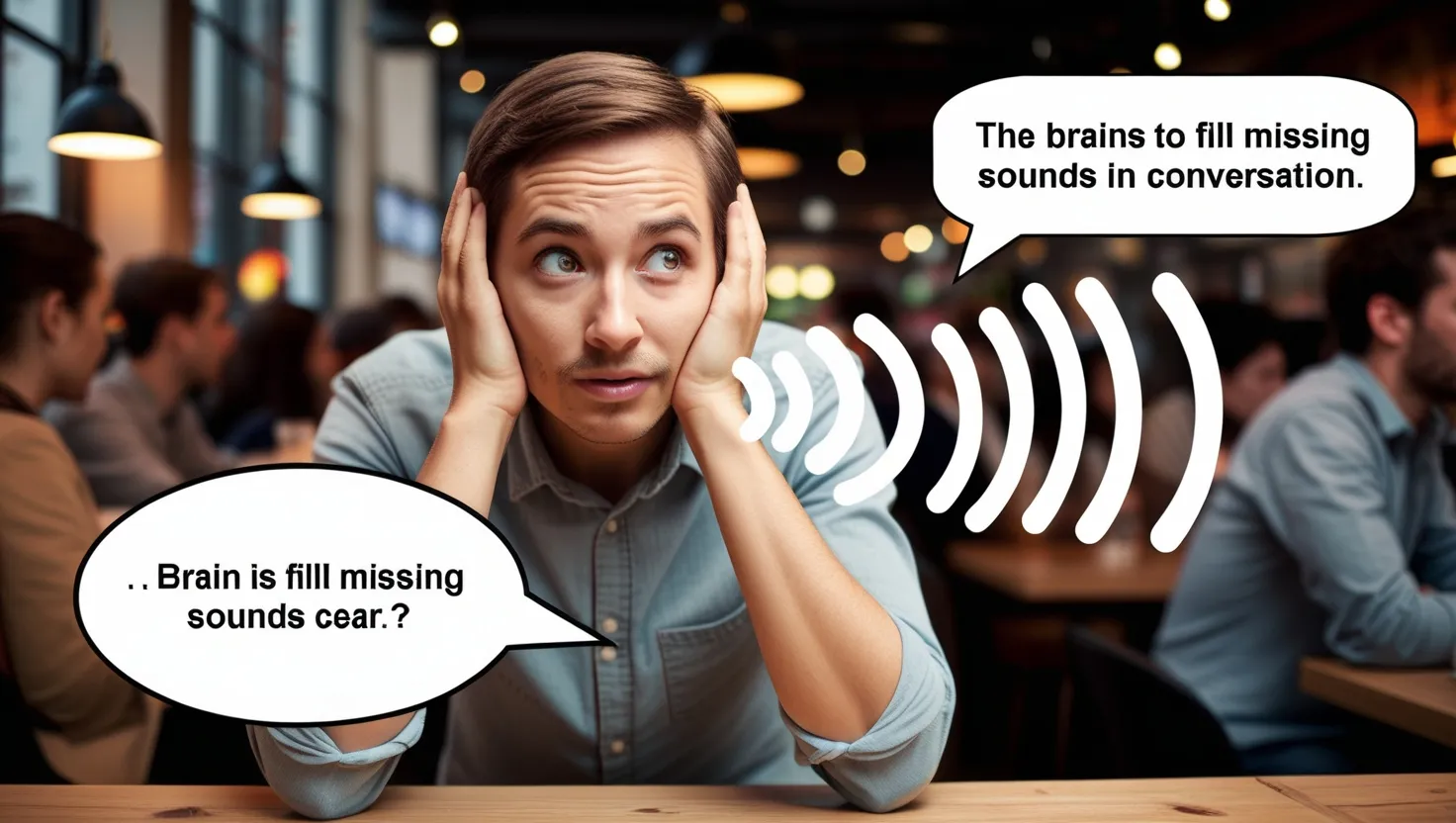Rebuilding the Human Body: The Promise of Regenerative Medicine
Imagine a world where a damaged heart can be repaired with lab-grown cells, or where a child with cerebral palsy regains mobility through stem cell therapy. This isn’t science fiction - it’s the exciting reality of regenerative medicine, a field that’s revolutionizing healthcare as we know it.
At its core, regenerative medicine is all about harnessing the body’s own healing powers. It’s like giving our natural repair systems a supercharge, helping to rebuild and restore function to damaged tissues and organs. Pretty cool, right?
So how does it work? Well, there are a few different approaches. Stem cell therapy is a big one. These amazing cells can be grown in a lab and trained to become specific types of cells - heart muscle, nerve cells, you name it. Then they’re transplanted into the body to replace damaged tissue. It’s like sending in a team of tiny repairmen to fix things up from the inside.
But that’s not all. Tissue engineering is another key player in the regenerative medicine game. Scientists are creating biological scaffolds - think of them as 3D-printed frameworks - that guide cells to grow into new tissue. Need some new skin? No problem. Just implant a scaffold and watch as healthy skin cells make themselves at home.
And let’s not forget about cellular therapies. Our bodies are already using adult stem cells to patch things up naturally. Now, scientists are tapping into this ability to treat all sorts of diseases. These cells can be harvested from various places - blood, fat, bone marrow, even teeth! - and then injected into damaged areas to help rebuild tissue.
Now, you might be thinking, “This all sounds great, but is it actually being used in the real world?” The answer is a resounding yes! Regenerative medicine is already making waves in clinical practice. Take wound healing, for example. Materials that release growth factors are being used to speed up the healing process. And in orthopedics, there are FDA-approved therapies using a patient’s own cells to treat cartilage defects.
But what about more complex cases? Well, that’s where things get really interesting. For patients with failing organs, regenerative medicine is offering alternatives to traditional transplants. Medical devices and artificial organs can step in to support or replace organ function until a donor organ becomes available. Some of these devices, like ventricular assist devices for heart patients, are even being used for long-term support.
The impact of regenerative medicine goes beyond just treating diseases - it’s about restoring health and improving quality of life. Imagine the joy of a patient who regains heart function after a severe heart attack, thanks to transplanted lab-grown muscle cells. Or picture the relief of parents watching their child with Type 1 diabetes benefit from cord blood stem cells that slow the loss of insulin production.
These aren’t just hypothetical scenarios - they’re real stories of lives being changed by regenerative medicine. It’s like watching science fiction become science fact right before our eyes.
And the best part? We’re just scratching the surface of what’s possible. Researchers are constantly exploring new frontiers in regenerative medicine. They’re looking at new cell sources, like induced pluripotent stem cells (iPSCs), which can be created from adult cells and reprogrammed to act like embryonic stem cells. This technology could open up a whole new world of treatments for conditions ranging from heart disease and stroke to diabetes and certain types of cancer.
It’s not just about individual breakthroughs, either. Regenerative medicine is a global effort, bringing together experts from all sorts of fields - biology, chemistry, computer science, engineering, medicine, you name it. Places like the Mayo Clinic’s Center for Regenerative Biotherapeutics are leading the charge, with researchers working together to develop new treatments that tap into the body’s natural healing abilities.
This collaborative approach is crucial because regenerative medicine isn’t just changing how we treat diseases - it’s completely reshaping our approach to healthcare. Instead of just managing symptoms, we’re now looking at ways to actually repair and regenerate tissues and organs. It’s a whole new ballgame.
Think about it - we’re moving towards a future where many conditions that were once considered untreatable could potentially be cured. Where health can be restored in ways we never thought possible. It’s like we’re unlocking cheat codes for the human body.
Of course, there are still challenges to overcome. Regenerative medicine is a complex field, and there’s a lot we’re still learning. But the potential is enormous. As research continues and more clinical trials are conducted, we’re likely to see even more groundbreaking therapies and treatments emerge.
So what might the future look like? Well, imagine walking into a hospital and instead of being prescribed medication, you’re given a personalized treatment that uses your own cells to repair damage or fight disease. Or picture a world where organ shortages are a thing of the past because we can grow replacement organs in a lab.
It’s not just about treating illness, either. Regenerative medicine could potentially slow or even reverse the aging process. Now that’s a game-changer if ever there was one!
But perhaps the most exciting aspect of regenerative medicine is its potential to improve quality of life. For people living with chronic conditions or disabilities, these treatments could offer new hope for recovery and independence. It’s about more than just adding years to life - it’s about adding life to years.
Of course, as with any emerging field, there are ethical considerations to keep in mind. As we develop these powerful new technologies, we need to ensure they’re used responsibly and equitably. But with careful oversight and continued research, the benefits of regenerative medicine could be truly transformative.
In the end, regenerative medicine represents a beacon of hope for millions of people around the world. It’s a field that’s pushing the boundaries of what we thought was possible in healthcare. By rebuilding the human body one cell at a time, it’s opening up new possibilities for treating disease, repairing injury, and restoring health.
So the next time you hear about a breakthrough in regenerative medicine, remember - you’re not just hearing about a new medical treatment. You’re getting a glimpse into the future of healthcare. A future where the human body’s incredible capacity for healing is amplified and directed with pinpoint precision. A future where many of the health challenges we face today could become relics of the past.
It’s an exciting time to be alive, folks. We’re on the brink of a healthcare revolution, and regenerative medicine is leading the charge. Who knows? The next big breakthrough could be just around the corner. And that’s something worth getting excited about.






